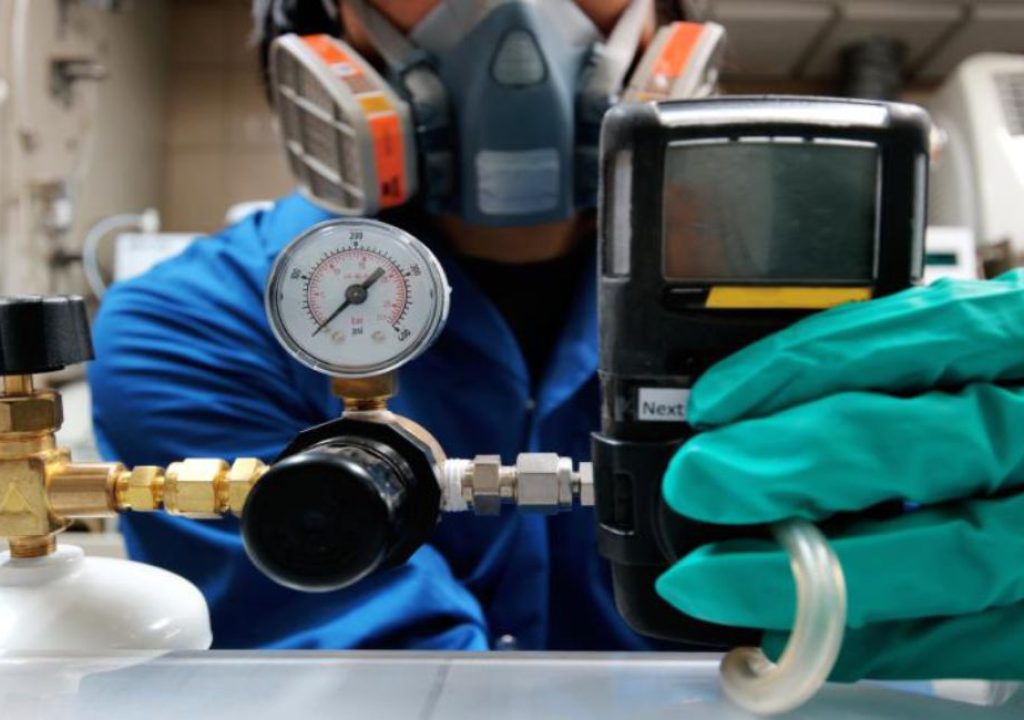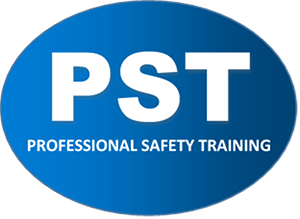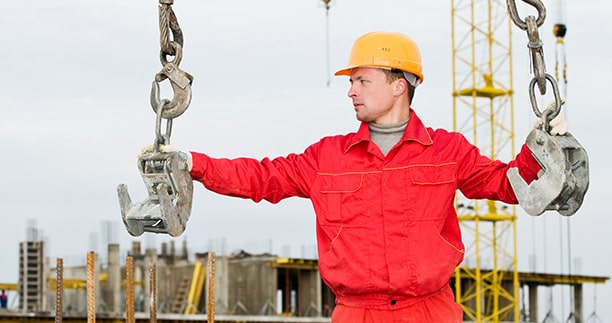AUTHORIZED GAS DETECTOR
To ensure that personnel authorized to perform gas testing in the refinery possess the requisite knowledge, including gas monitoring for oxygen, inert gases, flammable gases, and toxic gases, the following objectives are pursued:
1. To impart the necessary knowledge and skills to delegates for proficiently conducting gas testing within critical and standard confined spaces.
2. To equip delegates with the knowledge needed to conduct gas testing during hot work activities.

Curriculum
27 lesson
- Understanding confined space criteria.
- Recognizing the hazards associated with working in oxygen-deficient, toxic, or flammable environments.
- Proficiency in conducting thorough and suitable risk assessments.
- Competence in utilizing safe work procedures and systems.
- Awareness of the implications of both organizational and statutory requirements.
- The ability to interpret operational requirements.
- Selecting and employing appropriate Personal Protective Equipment (PPE) and Respiratory Protective Equipment (RPE).
- Familiarity with working within the Permit to Work system.
- Grasping the operating principles of atmosphere monitoring and measurement equipment.
- Performing pre-start checks on gas detectors.
- Calibrating the instruments used in atmosphere testing.
- Setting up the relevant detector for each specific gas testing application.
- Understanding the behavior of various flammable and toxic gases.
- Knowledge of the range and frequency of required tests.
- Recognizing acceptable levels of flammable and toxic gases.
- Proficiency in conducting gas tests in a systematic sequence.
- Skill in obtaining a representative atmosphere sample.
- Ability to monitor and retest as necessary.
- Identifying appropriate locations for ongoing monitoring equipment.
- Understanding the generation of flammable and toxic gases during hot work.
- Grasping the principles of hot work gas testing.
- Recognizing the hazards and properties of flammable gases.
- Utilizing risk assessments and safe work systems when dealing with flammable products.
- Setting up the relevant detector and confirming its proper operation.
- Correctly obtaining a representative sample of the atmosphere being tested.
- Locating sentinel-style equipment for maximum effectiveness.
- Interpreting and accurately documenting test results.




